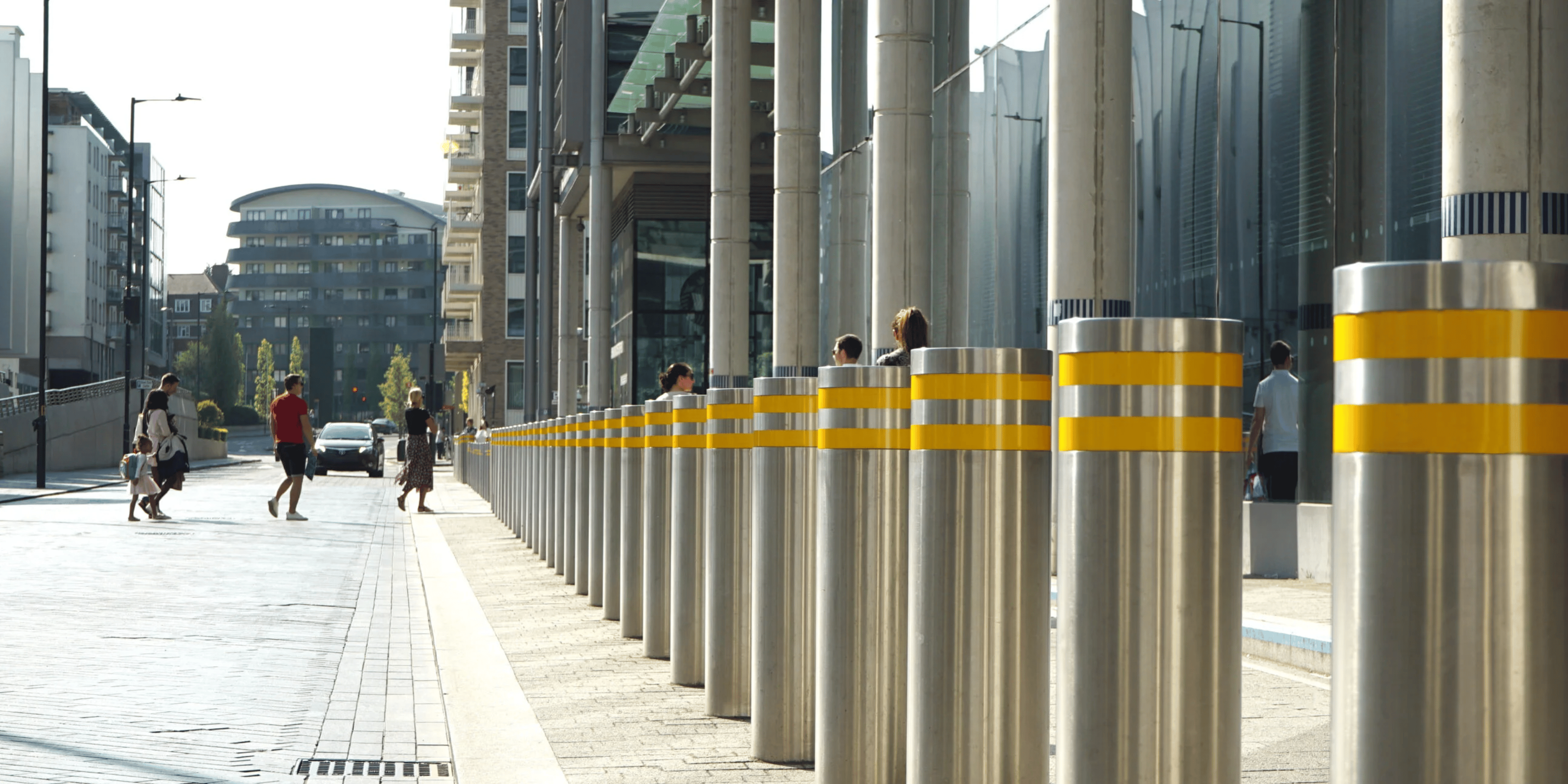
CCTV Systems Installation: A Step-by-Step Guide for Site Managers
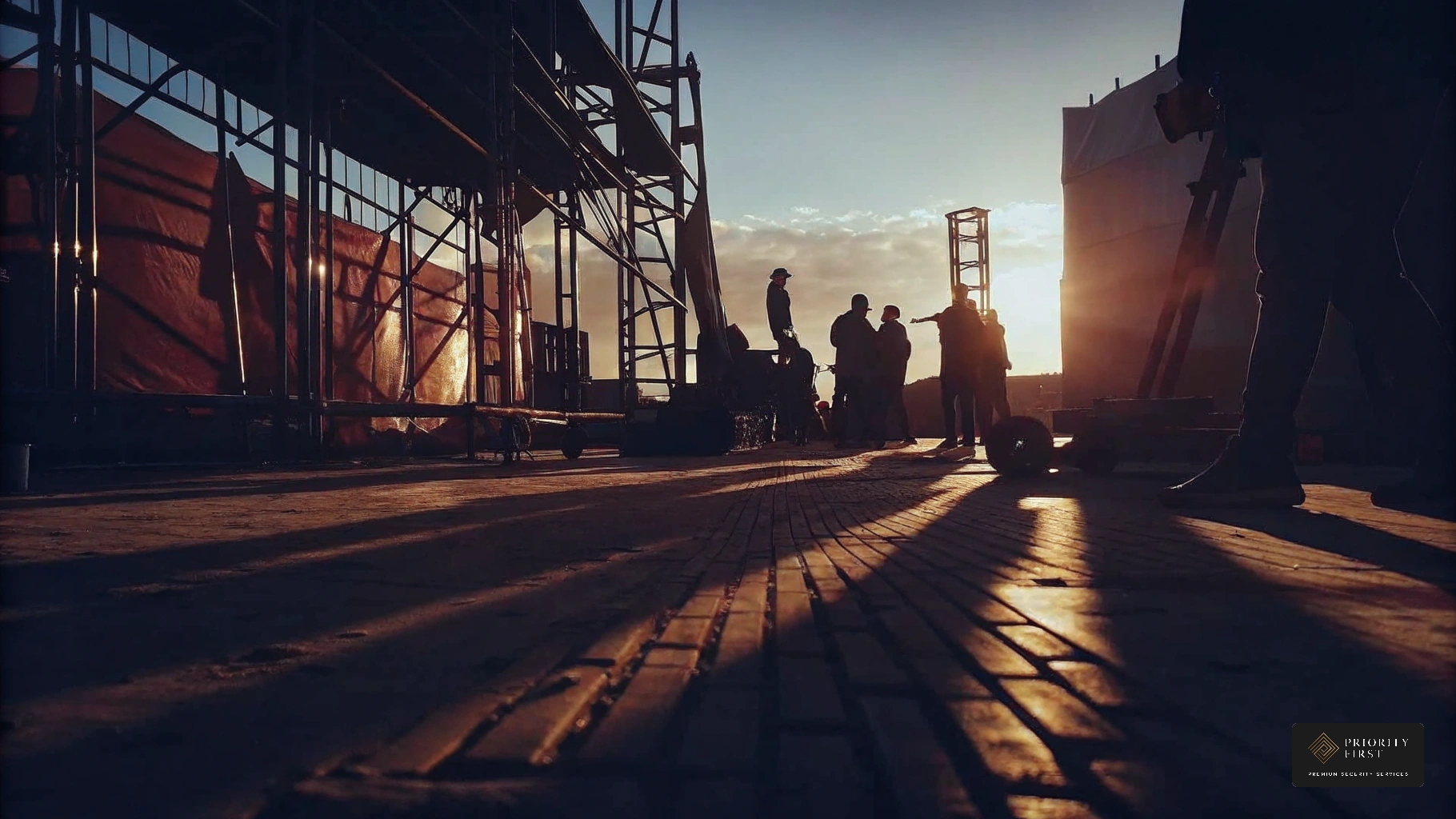
Overview
CCTV systems installation is essential for enhancing safety at construction sites. This necessity stems from the increasing security challenges faced by the industry. By understanding various system types, planning installations, executing setups, and validating functionality, businesses can mitigate risks effectively. The implications of neglecting such measures can be significant, leading to potential financial losses and reputational damage.
Priority First offers a pragmatic solution, providing a comprehensive step-by-step guide that includes:
- Conducting site assessments
- Selecting appropriate equipment
- Testing systems
This approach ensures effective surveillance and security management tailored to the specific needs of each site. The lesson is clear: investing in robust security measures today prevents greater losses tomorrow.
Introduction
CCTV systems are essential to security management, especially in the high-stakes environment of construction sites where safety and asset protection are critical. This guide provides site managers with a clear roadmap for effective CCTV installation, encompassing everything from the types of cameras available to the execution of a successful installation. The reality is that with numerous options on the market, it is vital to ensure that the chosen system not only addresses immediate security requirements but also remains adaptable to future technological advancements.
Understand CCTV Systems: Types and Technologies
CCTV systems installation is essential for ensuring safety at construction sites, with various types available to meet specific needs. The primary categories include:
- Analogue CCTV: These traditional systems transmit video signals over coaxial cables. While they tend to be more cost-effective, they offer lower resolution than digital systems. Despite these limitations, analogue devices remain popular due to their affordability and simplicity, particularly in smaller projects.
- IP Devices: Connecting to a network, IP devices provide high-definition video and enable remote access. With advanced features such as , they are well-suited for larger and more complex construction sites. The market share of IP cameras is expected to grow significantly, reflecting a shift towards more sophisticated surveillance solutions.
- Wireless Surveillance Cameras: Utilising Wi-Fi for video transmission, these setups allow for simpler installation and flexibility in positioning. However, they can be susceptible to interference, potentially impacting reliability in critical monitoring situations. A notable example is a construction site in London that successfully implemented wireless CCTV to monitor ongoing activities, showcasing the ease of installation and adaptability of such systems.
- PTZ Devices: Pan-Tilt-Zoom units can be controlled remotely to cover larger areas, making them ideal for expansive construction sites. Their ability to zoom in on specific areas enhances monitoring capabilities, allowing for detailed observation of activities. A remarkable instance involved a large construction project where PTZ devices were employed to monitor various areas, significantly improving surveillance management.
Understanding these types enables you to select the appropriate system for CCTV systems installation based on your site’s specific requirements, including coverage area, resolution, and budget. As the industry evolves, the integration of AI and machine learning in IP devices is anticipated to further enhance their efficiency, positioning them as a preferred choice for construction site protection. Priority First's customised protective measures, including extensive video surveillance and logistics coordination, ensure that construction sites are not only secure but also effectively managed. Industry specialists emphasise that "the shift to IP devices is not merely about resolution; it's about incorporating sophisticated analytics that can proactively address security challenges.
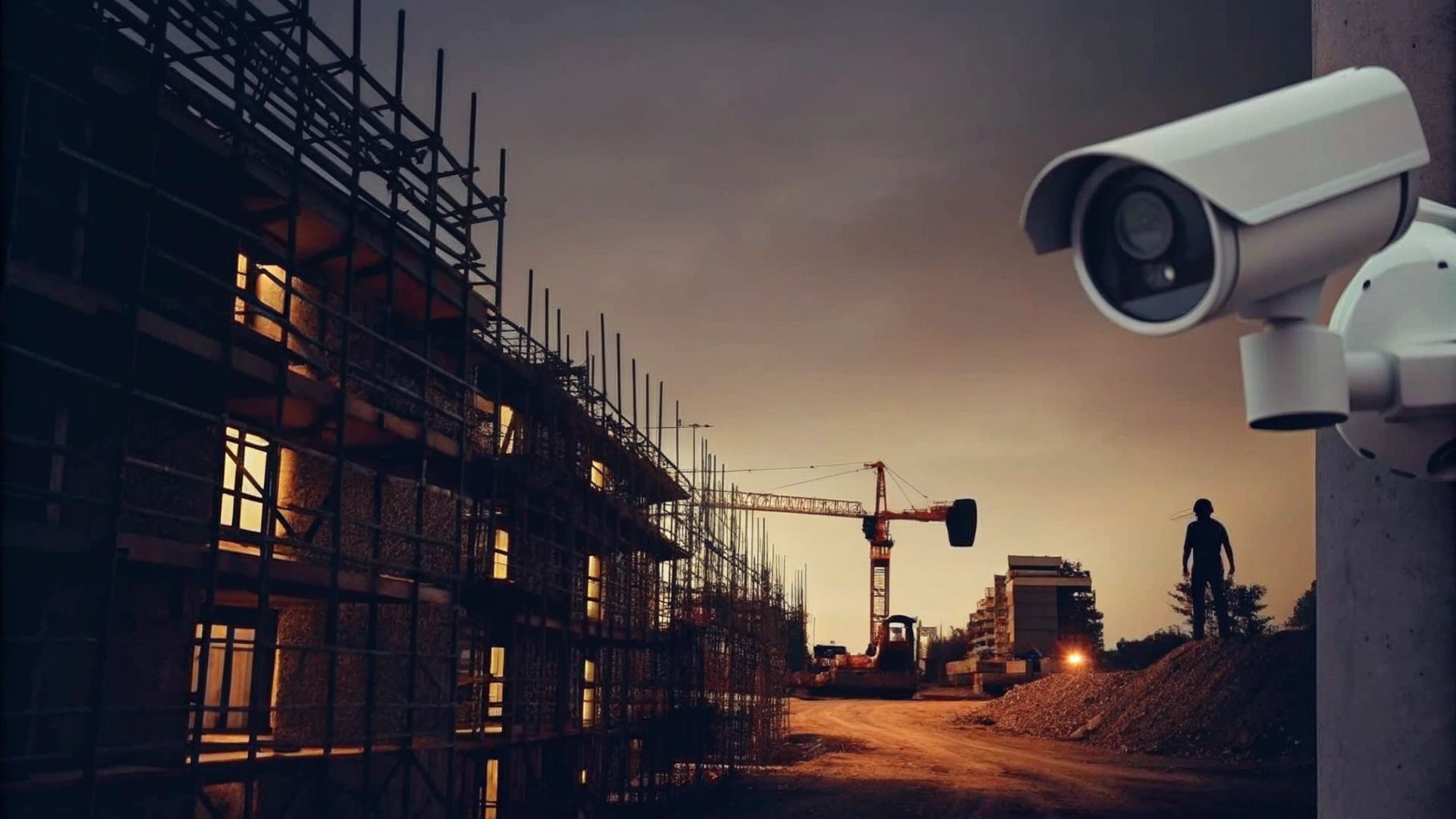
Plan Your Installation: Site Assessment and Equipment Selection
To effectively plan your CCTV installation, it is essential to follow these steps:
- Conduct a Site Assessment: Begin by walking the site to identify areas requiring monitoring. Focus on potential blind spots, high-risk zones, and key entry and exit points to ensure comprehensive coverage.
- Determine Equipment Placement: Based on your assessment, strategically decide where to install devices for optimal visibility. Consider environmental factors such as lighting conditions, potential obstructions, and the desired field of view to maximize effectiveness.
- Select Equipment: Choose devices that align with your specific security needs. For expansive areas, PTZ (pan-tilt-zoom) devices may be ideal. Ensure you have all necessary components, including cables, mounts, and power supplies, to facilitate a seamless installation.
- Create a Layout Plan: Draft a detailed layout plan indicating device locations, wiring paths, and any additional equipment required, such as DVRs or NVRs for recording footage.
This planning phase is crucial for ensuring that your CCTV system is effective and tailored to meet the unique security needs of your construction site. A standard construction site may require between 8 to 16 devices, depending on its size and layout, ensuring that all critical areas are monitored. Successful case studies underscore the importance of placing cameras at entry points and high-traffic areas to deter theft and provide crucial evidence in case of incidents. By adhering to these best practices, you can enhance the protective stance of your site and safeguard valuable assets.
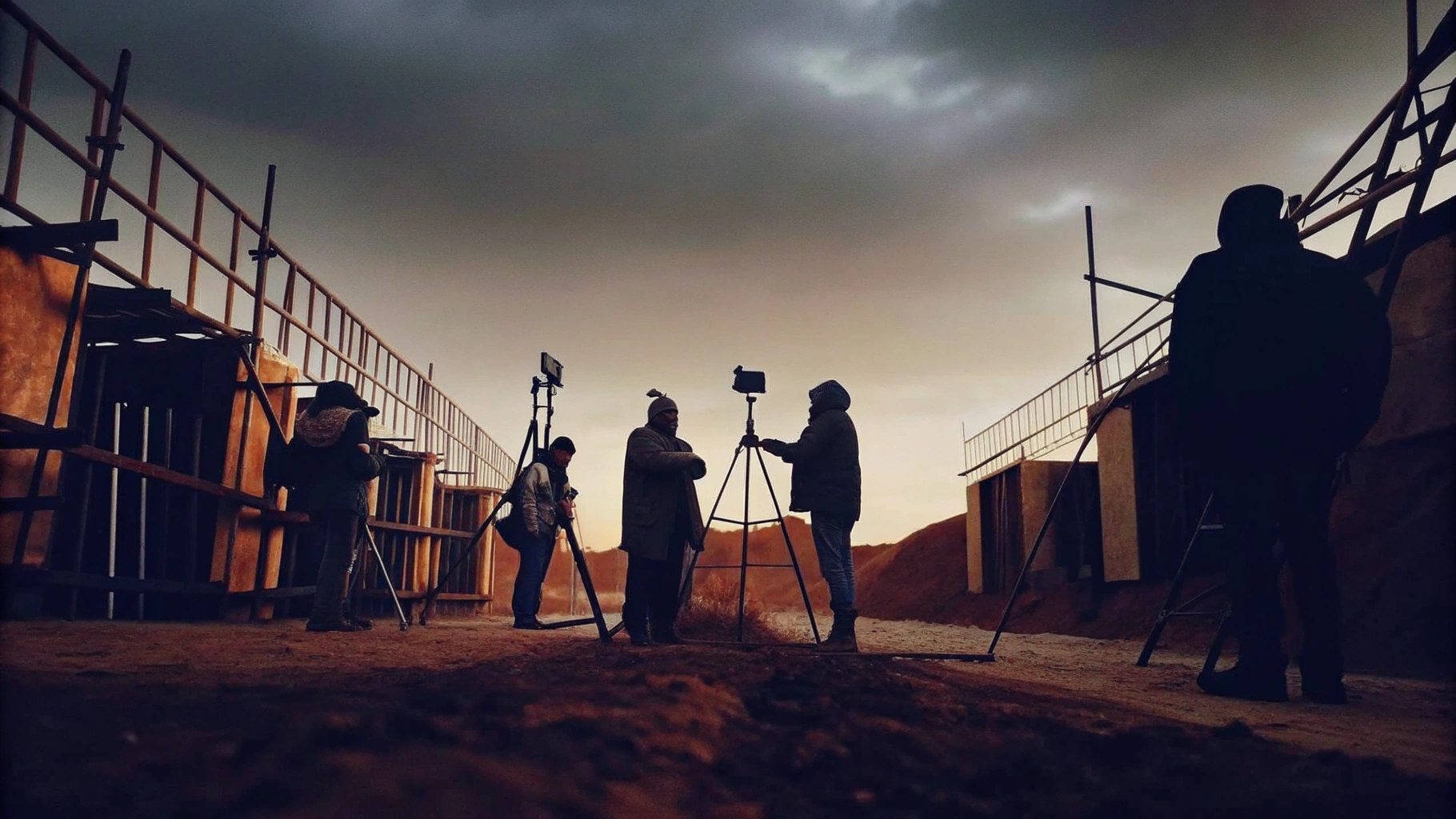
Execute Installation: Step-by-Step Setup and Configuration
To successfully install your CCTV system and enhance the security of your construction site, it is essential to follow these steps:
- Prepare the Site: Clear the installation area of debris and ensure all necessary tools and equipment are readily available.
- Install Devices: Mount the units at predetermined locations using appropriate brackets. Securely fasten them and adjust the angles for optimal coverage. Priority First's incorporate the latest technology, including night vision and motion detection, ensuring reliable surveillance.
- Run Cables: For wired devices, run cables from the devices to the recording equipment. Protect cables from potential damage and conceal them wherever possible to maintain aesthetics and safety.
- Connect Power Supply: Ensure each device is connected to a power source. For Power over Ethernet (PoE) devices, connect them to a PoE switch to simplify wiring.
- Configure the System: Access the camera settings via a computer or mobile device. Set up recording schedules, motion detection alerts, and remote access features.
- Combine with Other Protective Measures: If applicable, link your CCTV setup with additional safety measures, such as alarms or access control mechanisms, to develop a comprehensive protective solution. Priority First focuses on ensuring smooth integration with significant frameworks, thereby enhancing your overall protection arrangement.
By adhering to these steps, you will facilitate a [successful CCTV systems installation](https://beechamsecurity.com/2025/06/24/what-is-the-process-of-cctv-installation) that significantly enhances the safety of your construction site. Common challenges during installation include ensuring compliance with local regulations and effectively managing cable routing to avoid damage. Practical instances, such as the successful implementation of surveillance cameras at Poppies Europe Ltd, underscore the importance of meticulous planning and execution in achieving optimal protection outcomes.
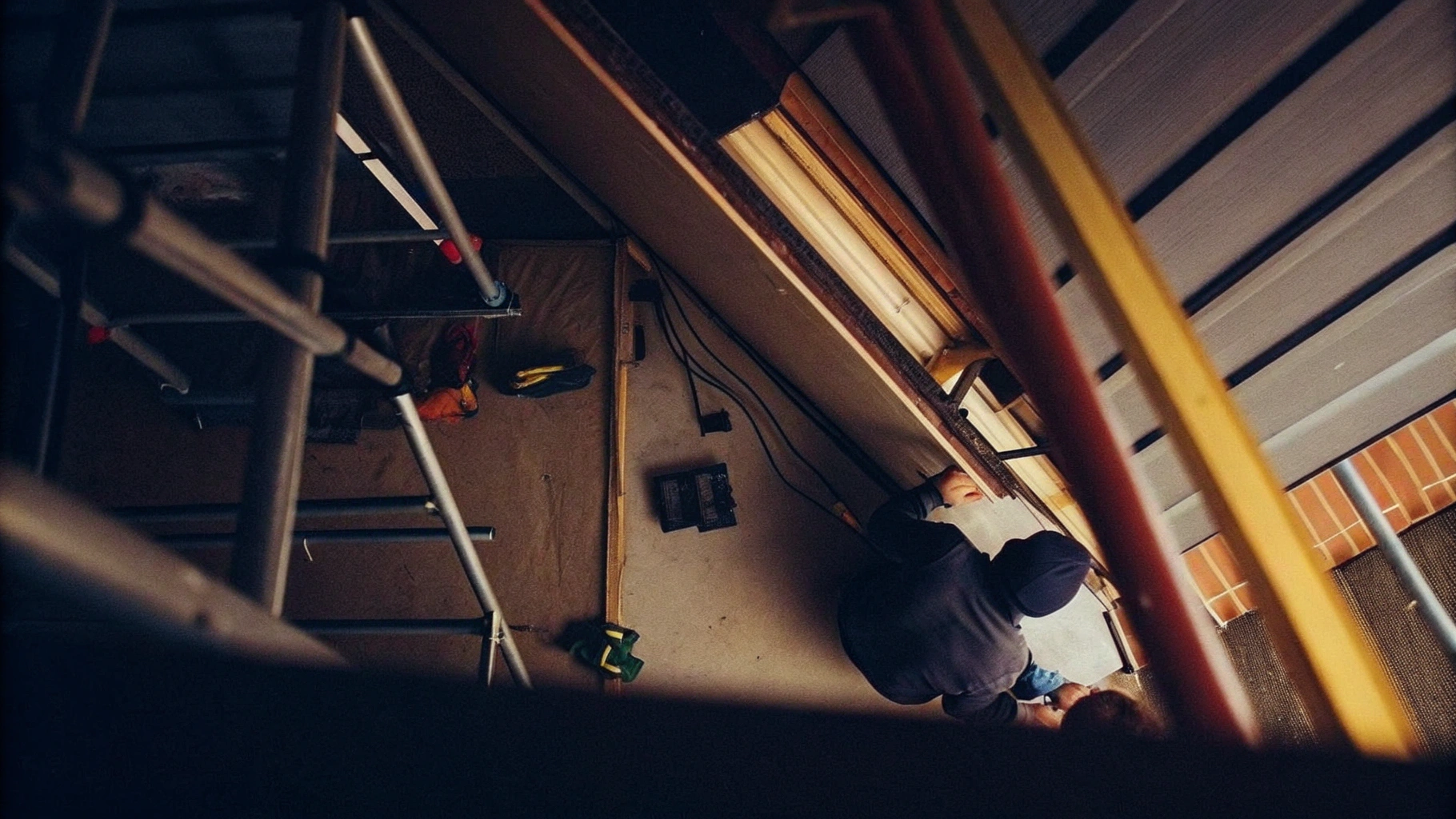
Test and Validate: Ensure System Functionality and Security
After installation, validating your CCTV system is essential for ensuring optimal performance and security coverage.
- Check camera functionality by confirming that each camera operates effectively through the live feed.
- Assess clarity, focus, and coverage to eliminate any potential blind spots.
- Test recording features to ensure the setup records according to the configured settings.
- Review the recorded footage for quality and reliability, confirming it meets your operational needs.
- Assess remote access capabilities by logging into the platform from a mobile device or computer.
- Ensure seamless viewing of live feeds and recorded footage, which is critical for real-time monitoring.
- Conduct motion detection tests by walking through monitored areas to evaluate the settings.
- Adjust sensitivity as necessary to minimize false alarms while capturing genuine threats.
- Review alerts and notifications to ensure they function correctly and are sent as intended.
- This feature is vital for enabling prompt responses to potential threats.
- Document findings to maintain a detailed record of the testing process, noting any issues and resolutions.
- This documentation is invaluable for future reference and audits, .
Comprehensively examining and verifying your CCTV system's installation not only enhances safety but also ensures that your construction site is adequately protected against theft and vandalism. For instance, Priority First's customized solutions have effectively mitigated risks across various settings, underscoring the value of thorough surveillance monitoring. Implementing these checks can significantly reduce risks and improve overall site safety. Furthermore, consider integrating your CCTV system with alarm systems and mobile patrols to enhance security coverage.
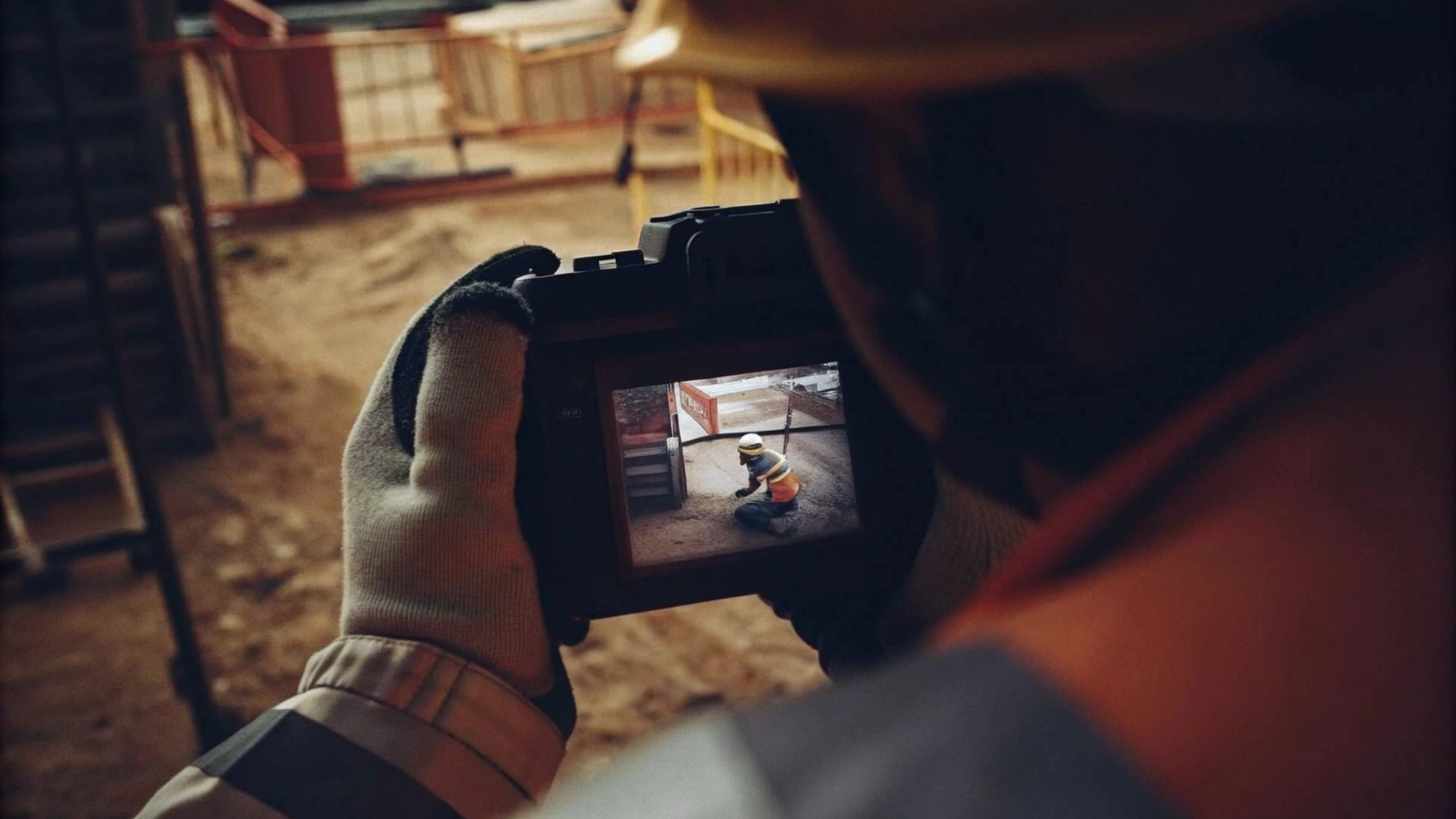
Conclusion
CCTV systems installation is a vital aspect of safeguarding construction sites, integrating various technologies and practises to bolster security. The effective deployment of these systems not only safeguards valuable assets but also fosters a safer working environment. By understanding the types of CCTV systems available, site managers can make informed decisions tailored to their specific needs, ensuring optimal coverage and functionality.
The reality is that key steps must be highlighted, including:
- Conducting thorough site assessments
- Strategically selecting equipment
- Executing a meticulous installation process
Each phase, from planning to testing, plays a crucial role in ensuring the system operates effectively and meets security requirements. The integration of advanced technologies, such as IP devices and PTZ cameras, underscores the necessity for modern solutions in today’s construction landscape.
In practise, the investment in a robust CCTV system is essential for mitigating risks associated with theft and vandalism on construction sites. By following the outlined best practises and embracing the latest technologies, site managers can significantly enhance their security measures. Prioritising comprehensive surveillance not only protects assets but also cultivates a culture of safety and accountability within the construction industry. The lesson is clear: taking action now to implement these systems will yield long-term benefits, ensuring projects are completed securely and efficiently.
Frequently Asked Questions
What are the main types of CCTV systems available for construction sites?
The main types of CCTV systems for construction sites include Analogue CCTV, IP Devices, Wireless Surveillance Cameras, and PTZ Devices.
What is Analogue CCTV, and what are its advantages?
Analogue CCTV systems transmit video signals over coaxial cables. They are cost-effective and simple, making them popular for smaller projects, although they offer lower resolution compared to digital systems.
How do IP Devices differ from Analogue CCTV?
IP Devices connect to a network, providing high-definition video and enabling remote access. They come with advanced features like motion detection and analytics, making them suitable for larger and more complex construction sites.
What are the benefits of using Wireless Surveillance Cameras?
Wireless Surveillance Cameras use Wi-Fi for video transmission, allowing for easier installation and flexibility in positioning. However, they may be prone to interference, which can affect reliability in critical monitoring situations.
What are PTZ Devices, and when are they most useful?
PTZ Devices (Pan-Tilt-Zoom) can be remotely controlled to cover larger areas and zoom in on specific locations. They are ideal for expansive construction sites where detailed observation of activities is needed.
How can one select the appropriate CCTV system for a construction site?
Selecting the appropriate CCTV system involves considering factors such as coverage area, resolution, and budget, as well as the specific requirements of the site.
What future developments are expected in CCTV technology for construction sites?
Future developments include the integration of AI and machine learning in IP devices, which are expected to enhance efficiency and provide sophisticated analytics to proactively address security challenges.
What role does Priority First play in construction site security?
Priority First offers customised protective measures, including extensive video surveillance and logistics coordination, to ensure that construction sites are secure and effectively managed.



